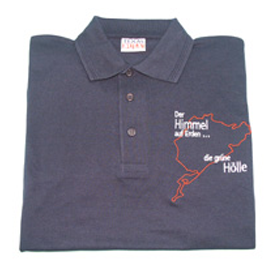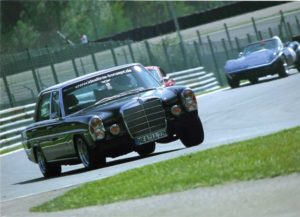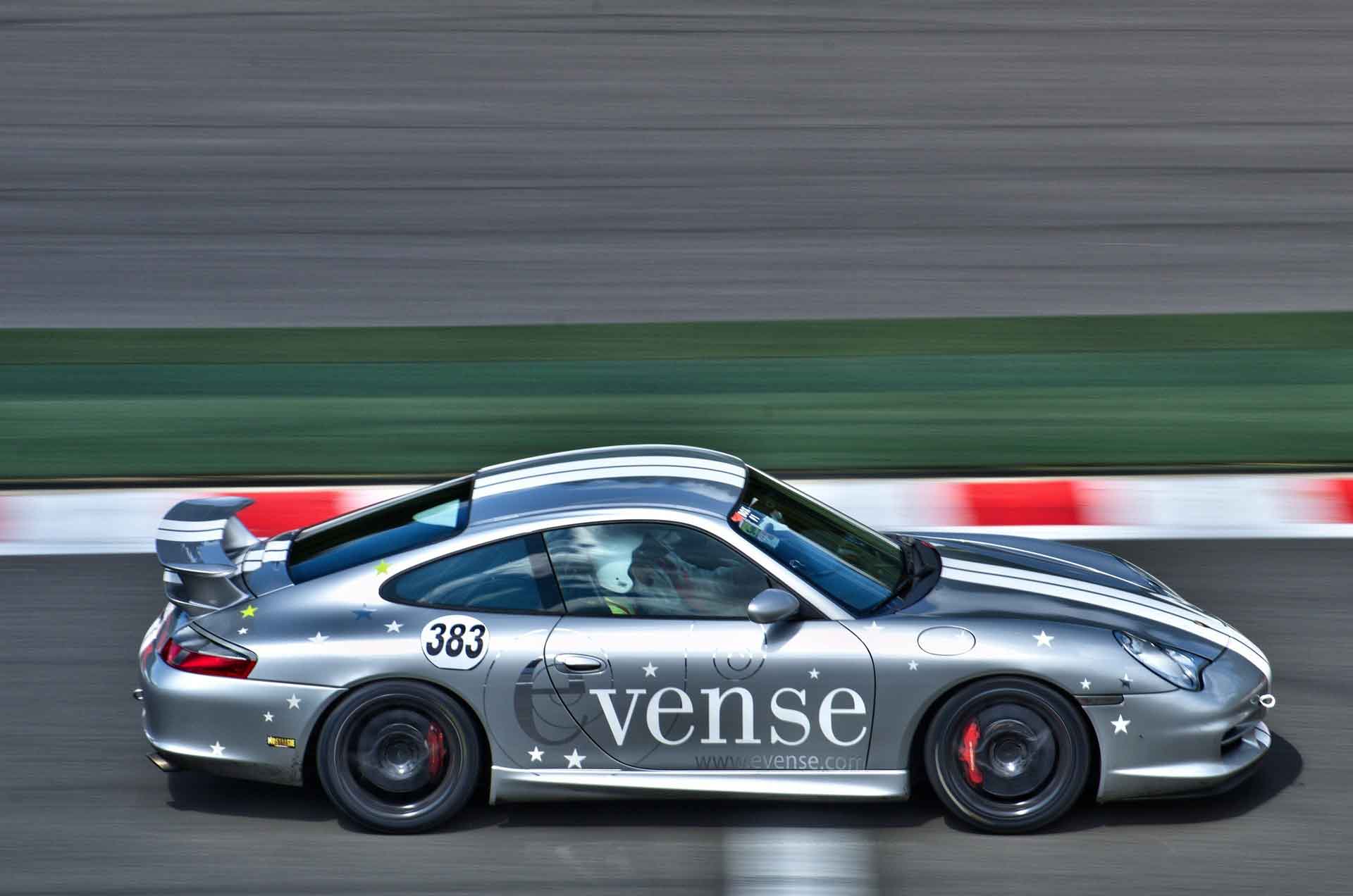At Long Last: The Compendium for Spa-Francorchamps
Why the Ideallinie Concept®?
To gain even limited mastery of a racetrack, drivers generally need to accumulate experience from a lot of laps of the circuit. However, many of us are restricted in our access to this experience, perhaps only taking a driving course for one or two days a year, or clocking up a few laps on our own once in a while.
Unfortunately, memory is a short-term phenomenon, and a lap of the Spa-Francorchamps circuit measures 6.976 km and has 23 curves. Further, the conditions on the track change continually.
This means that from one visit to the next, we need to complete at least three to five laps before we can pinpoint the areas where the track has been resurfaced or where there are roadworks, and identify the turning-in points and apexes of the bends and corners.
All in all, an expensive and time-consuming business! This is why we designed the Ideal Line Concept®, specifically targeted at reducing the time and effort involved in this phase.
The >>ideal<< line presented in this concept should not be treated as gospel. We are fully aware that no two drivers are the same, no car ever handles identically and no lap can ever be repeated down to the last detail. The drive system of the vehicle (rear wheel, front wheel or four wheel drive), the weather, the tyres and a lot of other factors play their part in affecting the driver’s ideal line.
Nevertheless, the ideal line really does exist (see def. p. 33). It’s the line that has been taught by NJ-Sportfahrerschule and by the Duez Days for almost 5 years, and it’s the line that forms the basis of our concept.
We must say:
no concept, no theory, no picture and no film will ever substitute a real driven lap on the SPA-Francorchamps circuit.
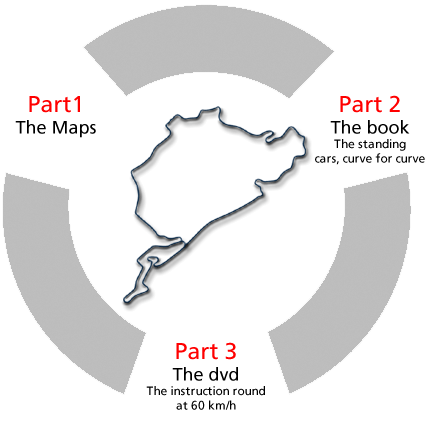
Ideallinie Concept®: Structure
A concept is a method of teaching. It must be easy to understand and easy to use for its students, concise and clearly laid out. We have divided our Ideallinie Concept® into three parts:
- Part 1: Circuit maps
- Part 2: Stationary cars, turn by turn (Book)
- Part 3: Training lap at 60 km/h (Film)
These three parts interact to form a complete teaching pack based on a simple, clear structure.
The best way of describing our concept is as follows:
Spa-Francorchamps
The complete package

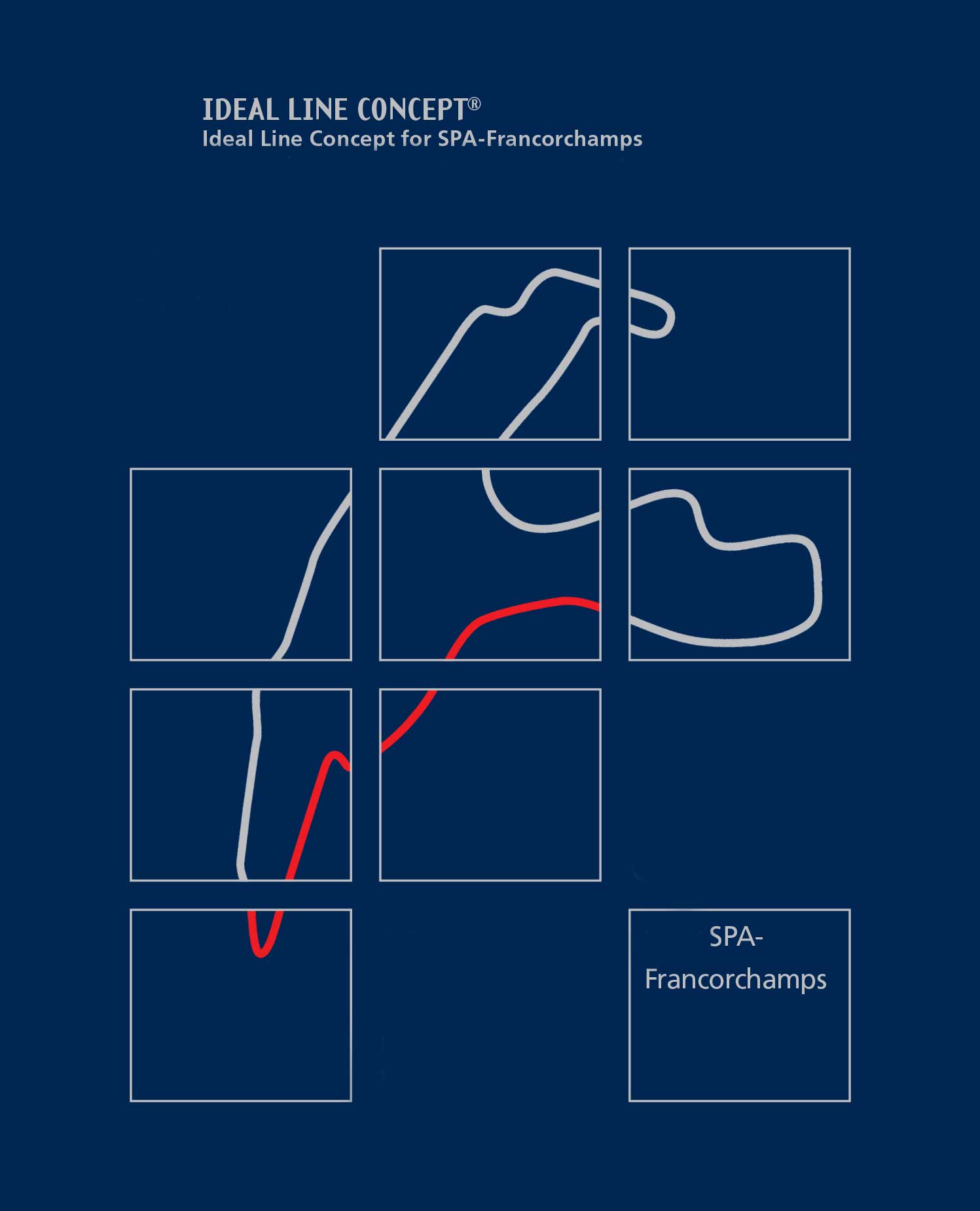
Targets and Objectives
Ideallinie Concept®: Targets and Objectives The optimum tool for solving complex problems, the Ideallinie Concept® is designed to enable the student to tackle an ideal lap at Spa-Francorchamps. The targets and objectives of the course, section by section, are:
| Component | Goals |
| Circuit Maps | Immediate, rough overview of all lap sections |
| The book | Realistic, detailed analysis of the circuit’s key features (turn-in points, apexes, exit points) |
| The film | From individual turns (turning in, apex, exiting), we progress to examining longer turn sequences as a whole. The prime objective here is to follow »the line« – the ideal racing line – by applying precision, balance, speed (depending on external conditions) and smoothness. However, the ultimate aim – and the climax of emotion – is only achieved when we can drive »the line« in a state of flow. |
These three components – circuit maps, book and film – enable students to memorize and apply the ideal racing line for Spa-Francorchamps rapidly and easily.
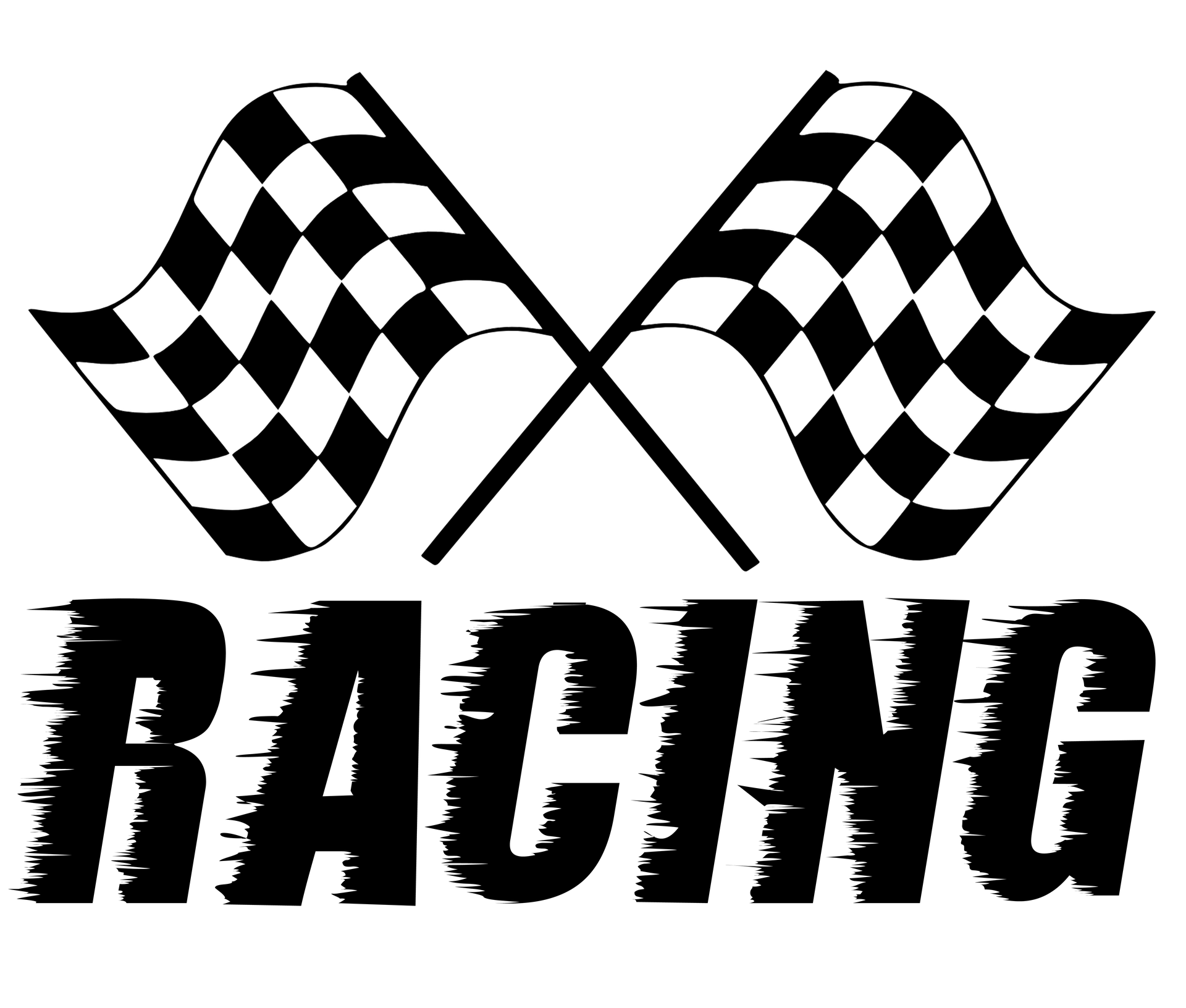
The Compendium for Spa-Francorchamps
Part 1: The Circuit Maps
Andreas Middendorf is top pilot in Touring car – and GT-championship and instructor at the NJ Sports-Driver-School.
He does architecture. For our luck, he has used his talent for drawing to realize this beautiful looking and precise plans affixed with his personal touch and his own handwriting.
The circuit maps are the ideal aid for drivers looking to discover the ideal line – both for the circuit as a whole and for its individual sections. They give us an overview of each circuit section at a glance.
The plans follow the alphabetical order, from A to E:
A Ein- und Ausfahrt Spa-Francorchamps, La Source
B Eau Rouge, Raidillion
C Kemmel, Les Combes, Malmédy, Bruxelles, Rivage
D Double Gauche de Pouhon, Pif-Paf des Fagnes, Stavelot I, Stavelot II
E Blanchimont I, Blanchimont II, Bus-Stop
By using the circuit maps, we can quickly gain an excellent overview of the entire section to be practised. We also get a sound basis of information and can identify the key aspects of each section at a glance.
However, there is one disadvantage accompanying these benefits. The circuit cannot be reproduced exactly to scale on paper, so that the turns are effectively “pushed together” as a result of the need to reduce the turn radii and shorten the straights for technical reasons. Because of this distortion of reality, we have added photos which provide supplementary information – the inspiration behind the production of this illustrated book.
Spa-Francorchamps
The complete package

Part 2: The book for Spa-Francorchamps
Stationary cars – turn by turn
The book gives us the opportunity to examine Spa-Francorchamps in depth – turn by turn. But there’s more! Every turn or bend consists of a turn-in point, an apex and an exit point. To follow the ideal line perfectly, we need to determine these points correctly.
Spa-Francorchamps
The complete package

Part 3: The film for Spa Francorchamps
Instruction Circuit at 60 km/h
We have produced the instruction lap with a constant speed of 60 km/h because we wanted to give to the user of this didactic support sufficiently time to study with calm every single curve. A quick lap, although very impressionable, does not serve us at all. The human brain is simply not capable to analyse all important points of the line while driving fast.
a) Front view
The first camera is filming the elapse of the circuit. The second serves to show that the movements on the steering wheel are done very calmly while driving on the line. We insist in the fact that while driving a very quick lap, the hand movements on the steering wheel are quite identical to those of a slow lap.
b) Rear view
To give to the user the best visual angle possible, we did install a stick camera on the car driven by Christian Piaget. That car follows the instructor’s car and the film shows how to drive the line correctly. This angle shows us also how to use the whole width of the track. The second camera is punctually used to show the circuit from the inside of the car. In the film we will find all the points presented in the plans and in the book.
The film presents all the points examined in the circuit maps and the book, in the actual context where they occur on the track.
You can find more products in our shop:
Spa-Francorchamps
The complete package

Nurburgring package
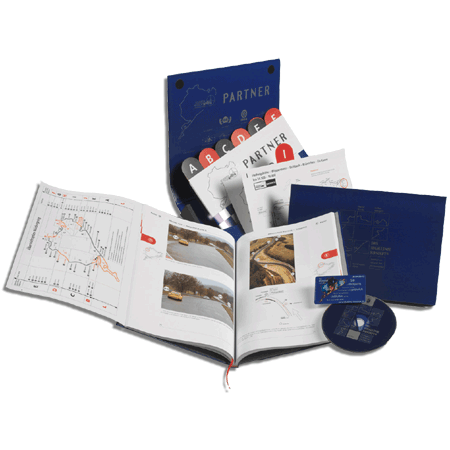
Nurburgring vest
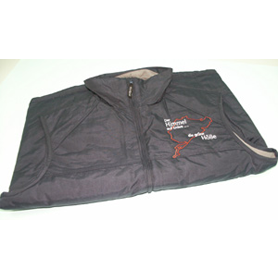
Nurburgring Mousepad
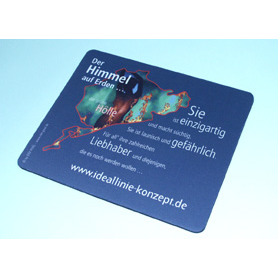
Nurburgring Shirt
